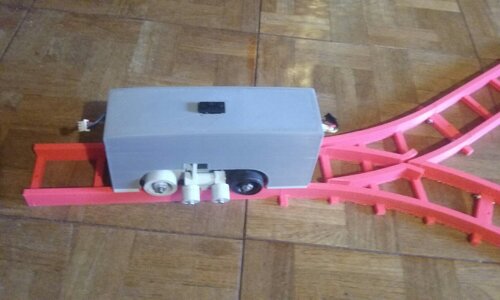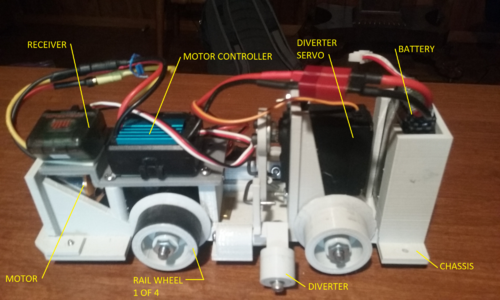TomWilliams
New Member
I am new to this forum, and I am a Colorado inventor that thinks global warming is real and rail vehicles can go a long way to save the planet from global warming while preserving our standard of living. That is, staying out of caves.
I have come up with a rail vehicle that runs over static (switchless) tracks that remain stationary. The vehicle makes its own turn decisions at junctions.
To demonstrate how this works on 4' 8.5" gage (full size) tracks I have built a "G" gage model using a 3-D printer.
The tracks have modified junctions that don't move, as explained in this video:
Let me know if you are interested, or have any questions. If you want to print yourself the vehicle and track in the video, let me know and I can supply you the .stl files.
I hope you have some fun and feel empowered to do something about CO2.
Tom W
I have come up with a rail vehicle that runs over static (switchless) tracks that remain stationary. The vehicle makes its own turn decisions at junctions.
To demonstrate how this works on 4' 8.5" gage (full size) tracks I have built a "G" gage model using a 3-D printer.
The tracks have modified junctions that don't move, as explained in this video:
I hope you have some fun and feel empowered to do something about CO2.
Tom W



